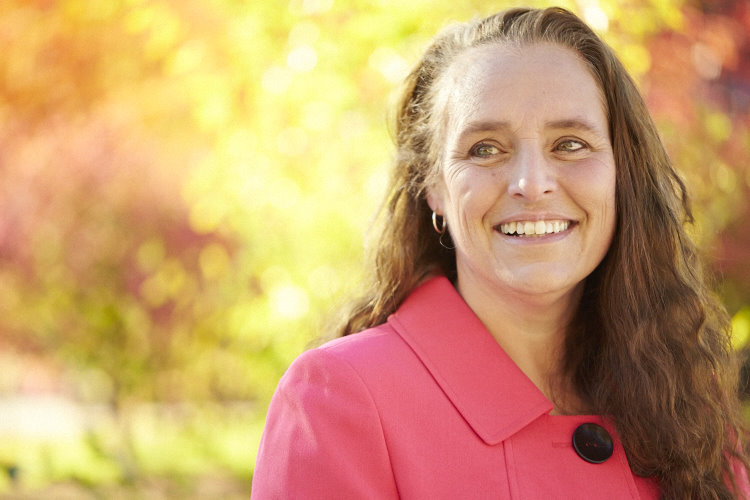As a medical doctor, a psychiatrist treats the underlying medical conditions that impact the mental well-being of patients. Often working collaboratively with a psychologist, a psychiatrist focuses on prescribing and managing medication, and a psychologist is involved in behavioral intervention and psychotherapy. You may wonder, "How many years does it take to become a psychiatrist?" Following high school, you can expect to spend 12 years in college, medical school and a residency.
Tip
Becoming a psychiatrist requires a college degree, a medical degree and specialized experience.
What Degree Do You Need to Be a Psychiatrist?
What school do you need to be a psychiatrist? The road to becoming a psychiatrist begins in college. You can choose any college major, but you’ll need to complete a long list of science courses that are required for medical school admission.
A pre-med focus or hard science major is preferred as preparation for medical school. You may also want to take psychology courses to gain a broader insight about the variables that impact mental health.
Gain Practical Experience
While in college, look for opportunities to gain practical experience in the medical and mental health fields. Interview a psychiatrist to find out more about the daily work in this profession. You may also be able to job shadow a psychiatrist in a hospital setting.
If you’re interested in working in college, choose a job in the medical field to gain further insight. Volunteering in the community will help you bolster your extracurricular resume.
Attend Medical School
Following college, you’ll need to earn a medical degree. During the first two years of medical school, you’ll take classes like anatomy and physiology, microbiology, immunology, pharmacology, pathology and the foundations of medicine.
During the third year, you’ll become immersed in clinical rotations to learn more about internal medicine, surgery, pediatrics, psychiatry, family medicine and neurology. In the final year of medical school, you’ll choose elective clinical rotations to help determine the ideal choice for specialization.
Finish a Residency
In addition to medical coursework, you may wonder what else you need to be a psychiatrist. A residency is an intensive opportunity to gain specialized knowledge about practicing medicine and the field of psychiatry.
In addition to learning about neurology, chemical dependency and psychology, you’ll also attain clinical experience working with patients. Medical conditions of focus include depression, substance abuse, developmental disabilities, anxiety, psychosis and sexual dysfunction.
Consider a Fellowship
If you’re concerned about how many years it takes to become a psychiatrist, know that specializing will require additional time. While not required, you may want to consider pursuing a fellowship to learn even more about a certain aspect of psychiatry.
Common psychiatric fellowships include behavioral neurology, clinical informatics, women’s mental health, child and adolescent psychiatry and global mental health. A fellowship in psychiatry requires one year of additional education and experience.
Get Licensed and Certified
Once you’re ready to practice psychiatry, you’ll need to become licensed by your state’s medical board. Individual state requirements may vary, but most involve passing knowledge-based tests and registering as a practicing physician.
As an additional credentialing option, you may also choose to pursue board certification by the American Board of Psychiatry and Neurology. This certification must be renewed every 10 years and requires regular continuing education.
Look at Salary and Job Outlook
The average annual salary for psychiatrists is $220,380. Psychiatrists work in a wide variety of settings, including private clinics, substance abuse facilities, outpatient care centers, hospitals and residential mental health facilities. Hawaii, Connecticut, Maine, California and New Mexico report the highest wages for this profession. You can expect a 3.9 percent increase in job growth between 2016 and 2026.
Related Articles
References
Writer Bio
Dr. Kelly Meier earned her doctorate from Minnesota State Mankato in Educational Leadership. She is the author and co-author of 12 books and serves as a consultant in K-12 and higher education. Dr. Meier is is a regular contributor for The Equity Network and has worked in education for more than 30 years.











